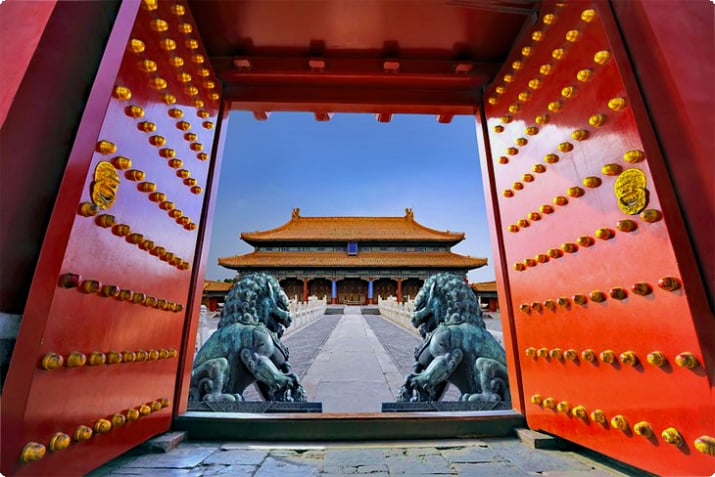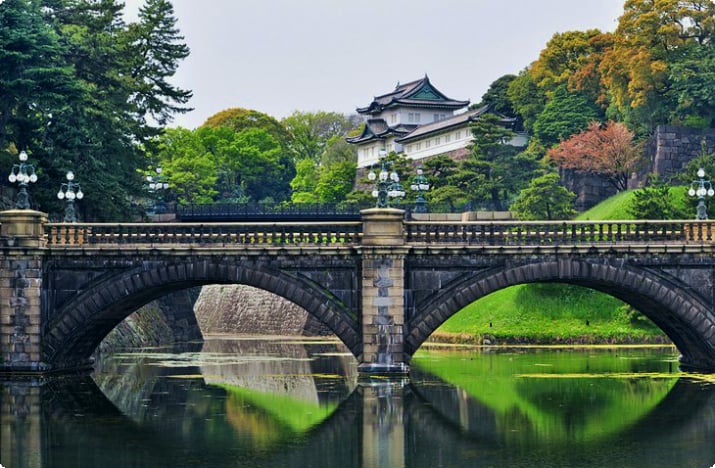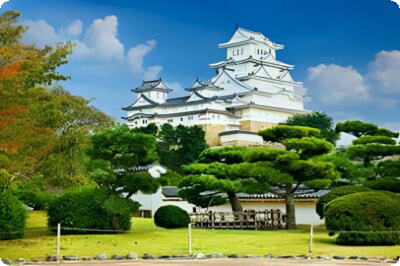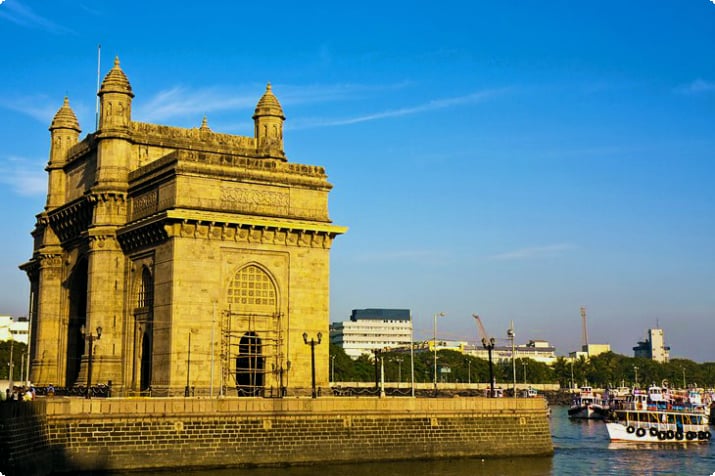Exploring Hiroshima: A City of Peace and Resilience
Hiroshima, a city on the Inland Sea of western Honshu, is known worldwide for the tragic atomic bombing on August 6th, 1945. Despite the immense destruction and loss of life, Hiroshima has remarkably recovered and now stands as a symbol of peace, with a population that has doubled since before World War II.
Today, Hiroshima is a dynamic city with numerous cultural events and attractions, including the annual Hiroshima Flower Festival. Visitors can explore a variety of sites that offer a mix of history, culture, and natural beauty.
1. Hiroshima Peace Memorial Park
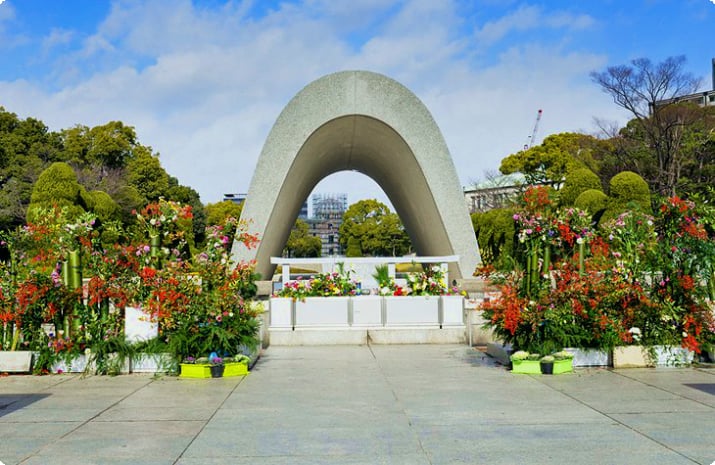
Hiroshima Peace Memorial Park is a poignant reminder of the nuclear attack and a beacon for peace. Key features include the Peace Memorial Museum, the Memorial Cenotaph, the Flame of Peace, and the iconic Atom Bomb Dome. The Children's Peace Monument and the Monument to the Victims of the Atomic Bomb are also significant sites within the park.
2. The Island Shrine of Itsukushima
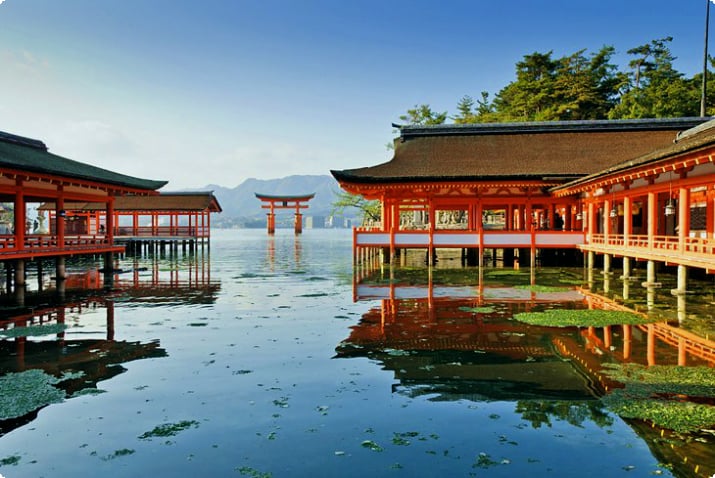
The Itsukushima Shrine on Miyajima Island is a breathtaking site, especially when it appears to float on water at high tide. Visitors can explore the shrine's halls and enjoy the island's gardens and friendly deer.
Guided tours in Japan
3. Hiroshima Peace Memorial Museum
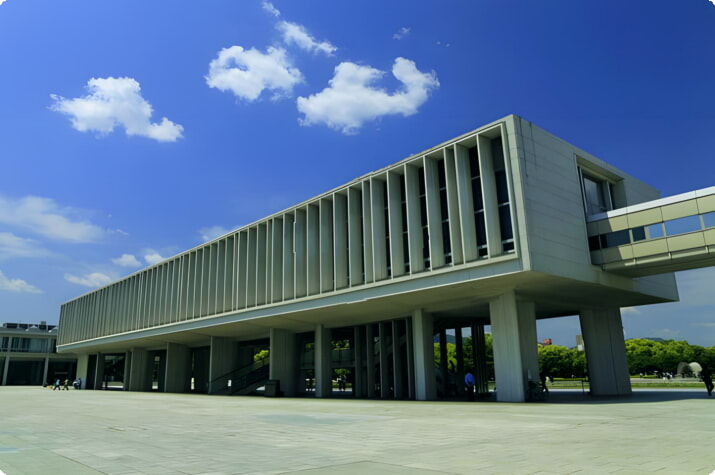
The Peace Memorial Museum offers a harrowing look at the atomic bombing and promotes world peace. It features exhibits on Hiroshima's history and the events of the bombing.
Official site: http://hpmmuseum.jp/?lang=eng
4. Hiroshima Castle
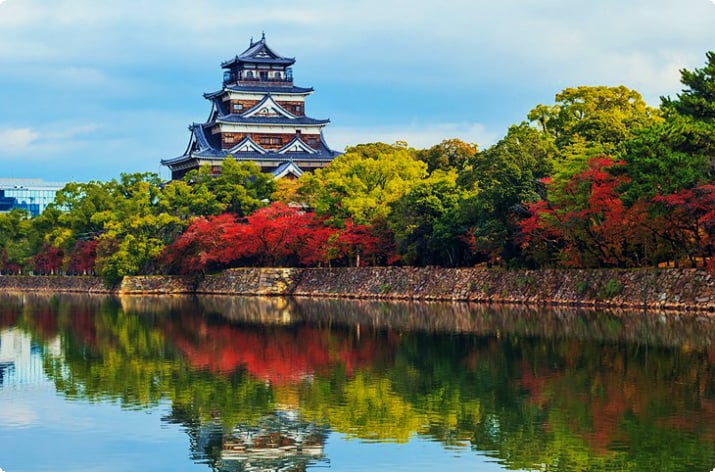
Hiroshima Castle, also known as "Castle of Carp," was rebuilt in 1958 and houses a museum. The castle grounds are notable for trees that survived the bombing and offer panoramic views of the city.
5. Shukkei-en Garden
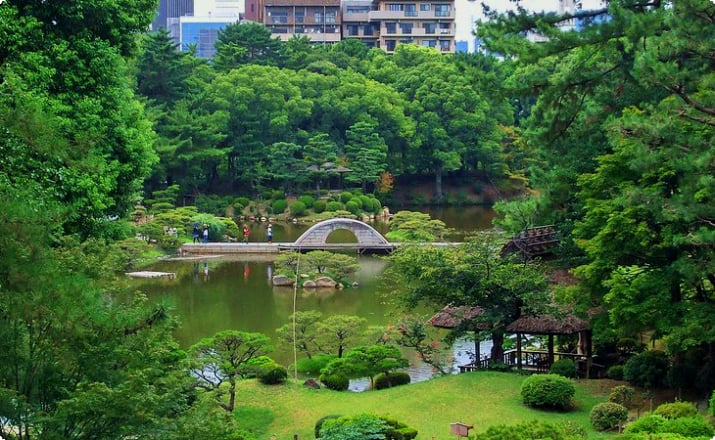
Shukkei-en Garden, dating back to 1620, is a restored landscape garden that offers a serene environment with trails, bridges, and tea ceremonies.
6. Memorial Cathedral of World Peace

The Memorial Cathedral of World Peace, built in 1954, is a symbol of international cooperation and features gifts from various countries.
7. Mitaki-dera Temple
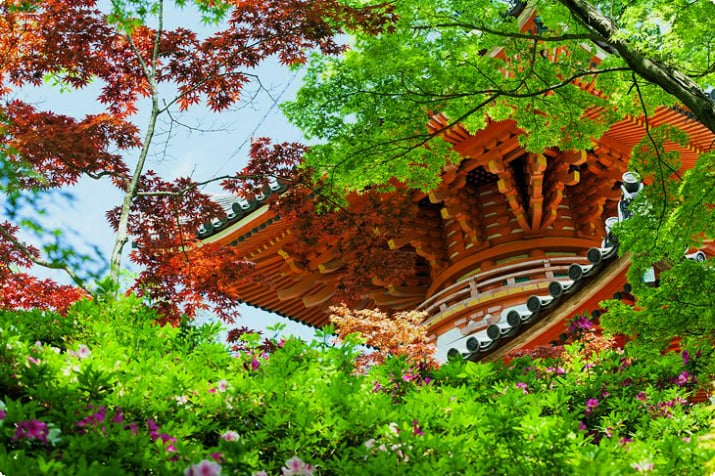
Mitaki-dera Temple is known for its autumn foliage, red-lacquered pagoda, and tranquil setting at the foot of Mount Mitaki.
8. Fudoin Temple
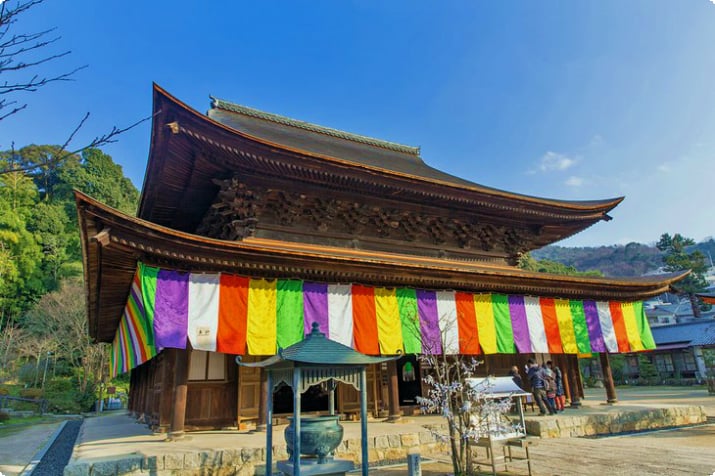
Fudoin Temple, a survivor of the atomic blast, is a Muromachi period architectural gem with a national treasure status Main Hall.
9. Hiroshima Museum of Art and Other Galleries
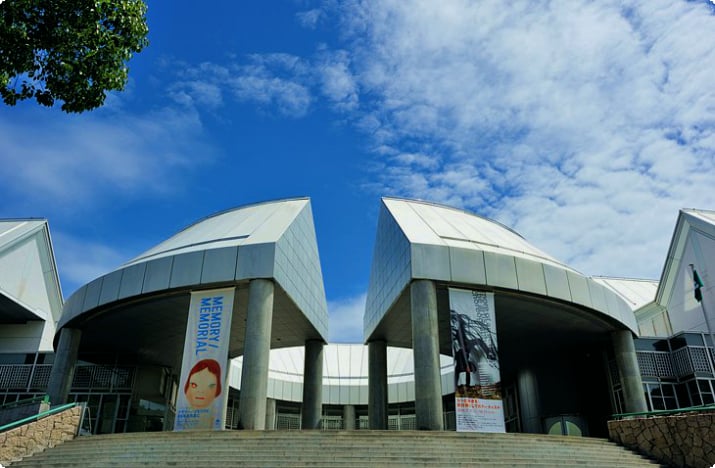
The Hiroshima Museum of Art features European and Japanese masterpieces, while other local galleries showcase contemporary art and regional history.
Official site: www.hiroshima-museum.jp/en/index.html
10. Hiroshima City Transportation Museum and Other Museums
Hiroshima offers a variety of museums, including the Transportation Museum with historic trams and the Children's Museum with interactive science exhibits.
11. Hiroshima City Asa Zoological Park
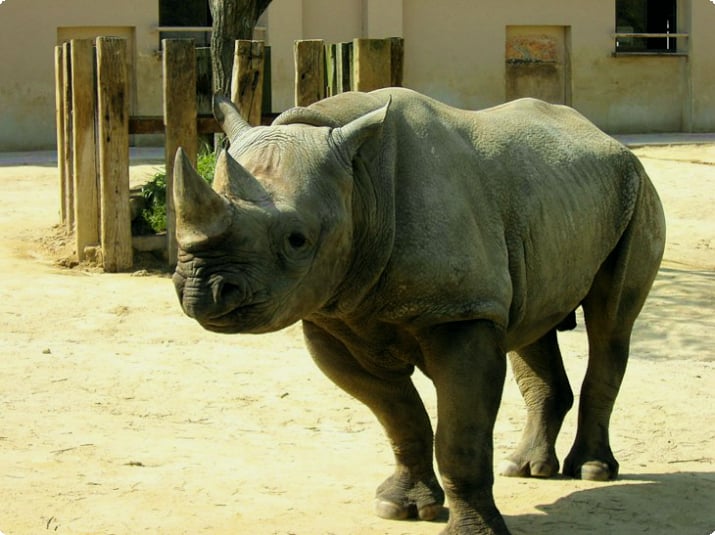
The Asa Zoological Park is a family-friendly attraction with a diverse collection of animals and special evening safaris in the summer.
12. Mazda Museum

The Mazda Museum offers a fascinating look at the car manufacturing process and the company's history. Advance booking for the plant tour is required.
Official site: www.mazda.com/en/about/museum/
Tips and Tours: How to Make the Most of Your Visit to Hiroshima
- Enjoy Hiroshima's illuminated landmarks at night, such as the Itsukushima Shrine and Hiroshima Castle.
- For family fun, visit the Children's Museum or take a day trip to the preserved district of Takehara or Sandankyo Valley.
Where to Stay in Hiroshima for Sightseeing
For convenient access to Hiroshima's attractions, consider staying at hotels like the Sheraton Grand Hiroshima Hotel, RIHGA Royal Hotel Hiroshima, Hotel Granvia Hiroshima, or Urbain Hiroshima Executive.
More Related Articles on tripates.com
Explore other Japanese destinations like Fukuoka, Osaka, Sapporo, Kyoto, and Nagoya, each offering unique cultural experiences and attractions.


